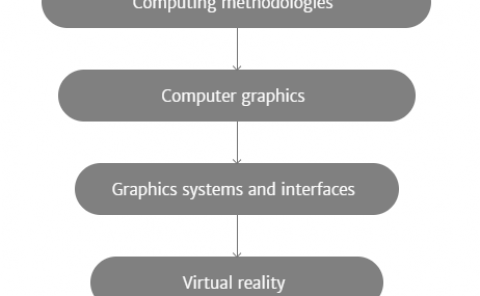Experimental Results for Haptic Interaction With Virtual Holonomic and Nonholonomic Constraints
PubDate: July 2020
Teams: UNAM;BUAP;CINVESTAV–IPN;CISESE–CONACYT
Writers: José Daniel Castro-Díaz; Pablo Sánchez-Sánchez; Alejandro Gutiérrez-Giles; Marco A. Arteaga-Pérez; Javier Plie
PDF: Experimental Results for Haptic Interaction With Virtual Holonomic and Nonholonomic Constraints

Abstract
Force-feedback rendering of virtual tools in contact with virtual surfaces is an open research problem. A common strategy is to define an integrable implicit equation that represents the surface and to use the penalty method to haptically render the corresponding force. Nevertheless, some surfaces cannot be described this way, e. g., soft tissues, thus making real-time force rendering inaccurate. In this work, we propose a bilateral teleoperation scheme where the interaction between a virtual tool and a surface is represented by a virtual slave robot subject to holonomic and nonholonomic constraints. This approach allows to define a position-force controller that, on the one hand, guarantees position tracking between the virtual tool and the robot end-effector by projecting the operator’s movements on a computer screen via the simulated robotic dynamic model, while on the other hand the felt reaction force is rendered by considering the forces generated by the master robot as references for the control system. To the best of the authors’ knowledge this is the first time that nonholonomic constraints have been used to reproduce haptically deformable surfaces in a virtual reality system. Since such tactile sensations are subjective, a set of experiments are carried out to validate the proposed approach by comparing the force responses when using holonomic and nonholonomic constraints. Special emphasis is made on describing how both representations can be used to reproduce some tactile phenomena presented in medical training simulators.



